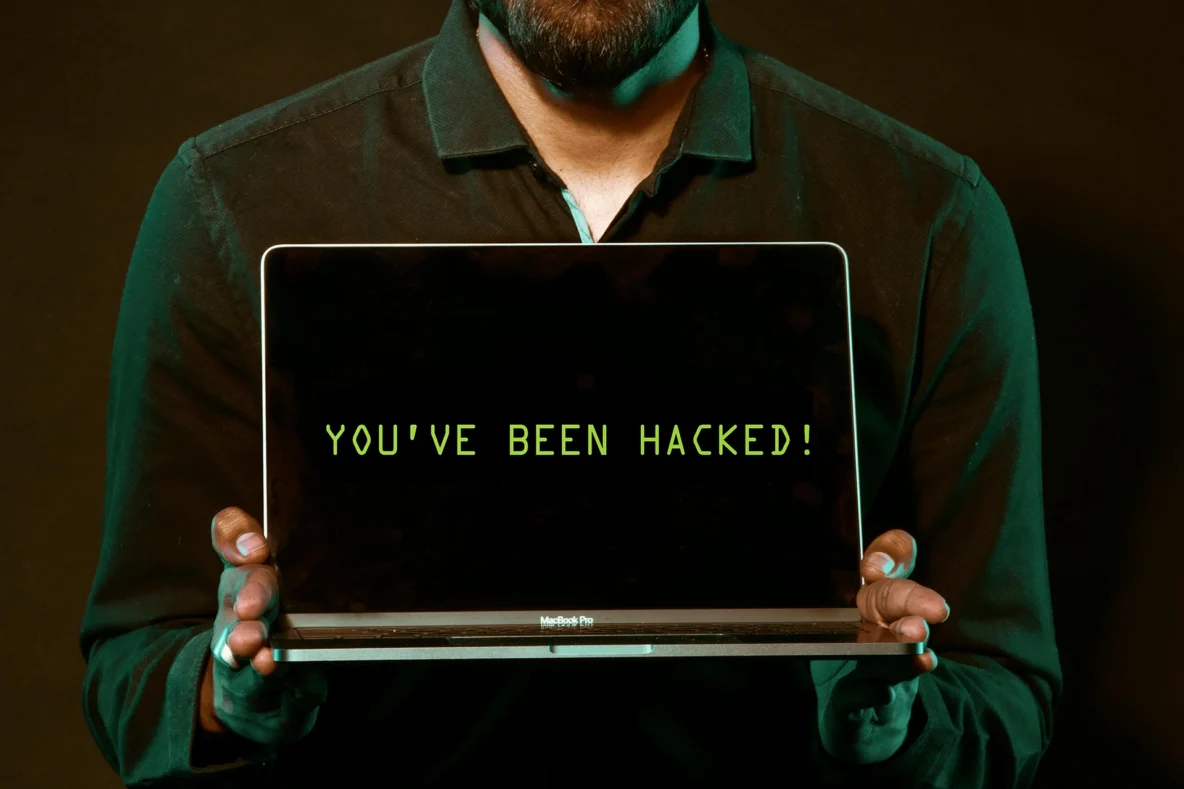For many small and medium-sized businesses (SMBs), cybersecurity still feels like something reserved for big banks, tech giants, and global retailers. After all, why would a hacker waste time on a ten-person business with modest revenue?
Here’s the hard truth: you are exactly the type of business they’re targeting.
Cybercrime Has Scaled, Just Like Your Business
According to Telstra’s 2024 Data Breach Investigations Report, over 61% of all data breaches globally involved small and medium-sized businesses. In addition, the Office of the Australian Information Commissioner (OAIC) reported that SMBs were the most impacted sector for notifiable data breaches in 2024. Why? Because they’re often easier to exploit, slower to detect breaches, and typically lack the resources or processes to respond effectively.
Why Are SMBs Such Easy Targets?
Hackers have evolved. They’re no longer just looking for big paydays, they’re building broad, automated campaigns that scan for vulnerabilities across thousands of systems at once. When one small business clicks a phishing link or leaves remote access ports unsecured, it’s enough to trigger a costly breach.
Here’s what typically makes SMBs vulnerable:
- Limited cybersecurity budgets
- Infrequent or non-existent staff training
- Poor password hygiene
- No formal incident response plan
- Lack of patching or regular software updates
- Underestimating human error
And the consequences? Average cost of a cyber-attack on an SMB now exceeds AUD $276,000 according to a 2024 report from the Australian Cyber Security Centre (ACSC). That includes downtime, legal fees, lost customers, and reputational damage.
The Most Common Threats You Should Know About
Phishing
Still the number one cause of data breaches. Fake emails that trick staff into revealing login credentials or clicking malicious links.
Ransomware
Malware that locks your systems or data until a ransom is paid. SMBs are often targeted precisely because they lack strong backups or recovery plans.
Business Email Compromise (BEC)
Attackers spoof a senior executive’s email to authorise fraudulent payments or sensitive data transfers.
Insider Threats
Mistakes or intentional misuse by staff or contractors. Often caused by poor access controls or lack of cybersecurity awareness.
So, What Can You Do Without a Big IT Budget?
Cybersecurity doesn’t have to be complex or expensive. A few well-executed steps can offer significant protection:
Train Your People
Awareness is the first and most important line of defence. Teach staff to spot phishing emails, use strong passwords, and report suspicious activity.
Use Multi-Factor Authentication (MFA)
Especially for email, file sharing, and critical business platforms. It’s simple to implement and stops most credential-based attacks.
Backup Regularly, and Test It
Make sure your data is backed up daily (or more often) and stored offsite or in the cloud. A backup is only as good as your ability to restore it.
Patch and Update Everything
Regularly update operating systems, apps, and firmware. Hackers love exploiting known vulnerabilities in outdated software.
Restrict Admin Access
Not everyone needs full access to everything. Use role-based permissions and remove access immediately when staff leave.
Partner with the Right IT Provider
If you’re not confident managing cybersecurity in-house, bring in experts who can assess your risk, provide ongoing support, and help you stay ahead of evolving threats.
Security Is Now a Competitive Advantage
More customer, especially in sectors like professional services, finance, and education, are asking about data protection and privacy. If you want to bid for certain projects or work with larger organisations, having a clear cybersecurity posture is no longer optional.
It’s about trust, and trust begins with responsibility.
Don’t Wait Until It’s Too Late
No business is too small to matter to a cybercriminal. Whether you’re a five-person consultancy or a growing retail brand with dozens of employees, your data has value, and your systems can be exploited.
The good news? With a proactive mindset and a few foundational steps, you can drastically reduce your risk. Cybersecurity isn’t just an IT issue, it’s a business survival issue. And like any part of your business, starting small and scaling smart is the best approach.
